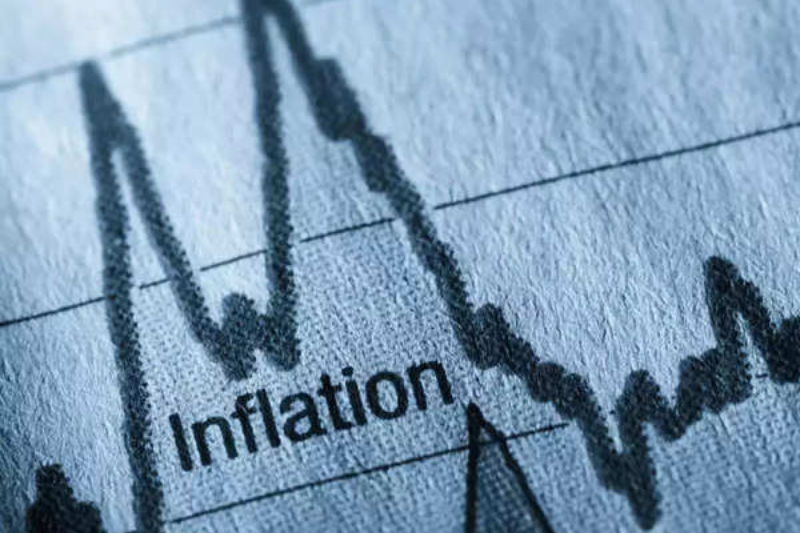
Inflation Update: Fed’s PCE Index Up 0.3% in January
Fed’s Favorite Inflation Gauge Rises 0.3% in January: What You Need to Know
Amidst ongoing economic scrutiny, the latest inflation update reveals a noteworthy uptick in the Fed’s PCE index, surging by 0.3% in January. This incremental rise underscores the persistent challenges faced by consumers and policymakers alike, shedding light on evolving economic dynamics. Stay informed as we delve into the implications of this inflationary trend and its potential ramifications for the broader economy.
Here’s a comprehensive overview of the latest inflation data and its implications.
Understanding the PCE Index
The PCE index is a crucial metric for the Federal Reserve in assessing inflation trends. It measures the changes in prices paid by consumers for goods and services, making it a key indicator of inflationary pressures in the economy.
January Inflation Figures
According to the Labor Department, consumer prices rose by 0.3% in January, aligning with expectations from Refintiv economists. This uptick marks a continuation of the inflationary trend observed in recent months. Notably, on an annual basis, prices climbed by 2.4%, slightly lower than the 2.6% recorded in the previous month.
Analysis of Price Movements
The report highlights that while prices for services surged by 0.6% during the month, the cost of goods experienced a 0.2% decline. However, despite this decline, the cost of food saw a 0.5% increase, contributing to ongoing inflationary pressures. Moreover, core prices, excluding the volatile food and energy sectors, rose by 0.4% from the previous month and 2.8% from the previous year, indicating a persistent inflationary environment.
Economic Implications
The latest inflation data has significant implications for various economic sectors. While the Federal Reserve continues its efforts to rein in inflation, concerns persist about the impact on consumer spending and economic growth. Additionally, rising prices and interest rates could dampen demand for mortgages and other loans, affecting the housing market and overall consumer sentiment.
Market Response
Following the release of the inflation report, stock index futures experienced mixed movements, with Treasury yields showing a retreat. This reaction underscores the market’s sensitivity to inflation data and its implications for monetary policy decisions by the Federal Reserve.
Future Outlook
Looking ahead, economists anticipate that inflationary pressures may persist in the near term, driven by factors such as supply chain disruptions, rising energy costs, and strong consumer demand. However, the Federal Reserve remains vigilant in its commitment to maintaining price stability and fostering sustainable economic growth.
The latest PCE inflation data provides valuable insights into the evolving economic landscape. While inflationary pressures persist, policymakers and market participants are closely monitoring developments to gauge the trajectory of the economy. As we navigate these uncertain times, staying informed and proactive is essential for making well-informed decisions in both the financial and business spheres.




